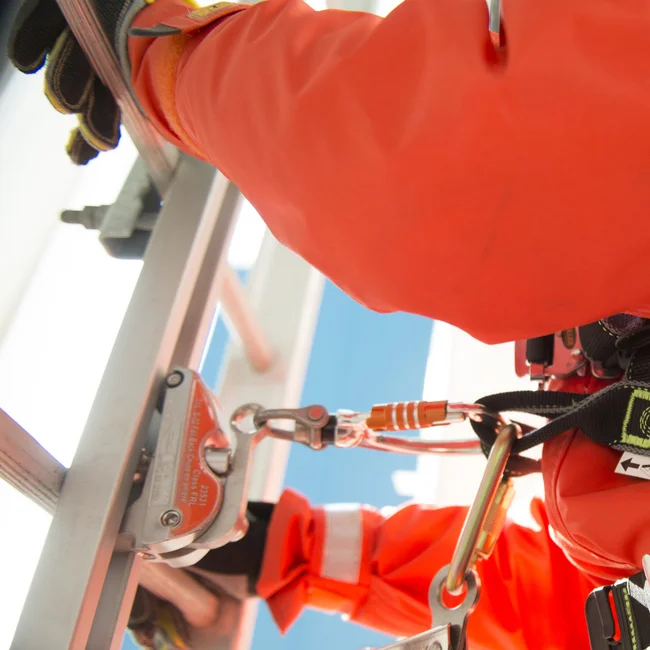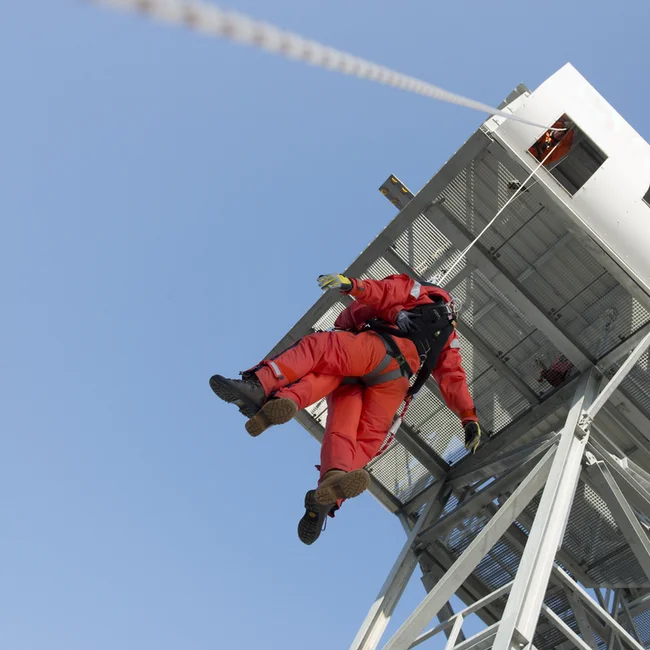The GWO Basic Safety Training is comprised of six key modules:
First Aid: This module provides participants with the knowledge and skills to administer first aid in emergency situations.
Manual Handling: Focuses on safe techniques for lifting, carrying, and moving loads to prevent injury.
Fire Awareness: Teaches participants how to identify fire hazards, prevent fires, and respond appropriately in case of a fire.
Working at Heights: Covers the safety measures required when working at heights, including the use of safety equipment and fall protection systems.
Working at Heights & Manual Handling Combined: This combined module offers an integrated approach to the challenges of working at heights while handling materials.
Sea Survival: Equips participants with the skills necessary to survive at sea, including the use of survival equipment and techniques for emergency situations.
By the end of the course, participants will be prepared to evacuate, rescue, and provide first aid to casualties, ensuring they can support and care for themselves and others in the industry.



